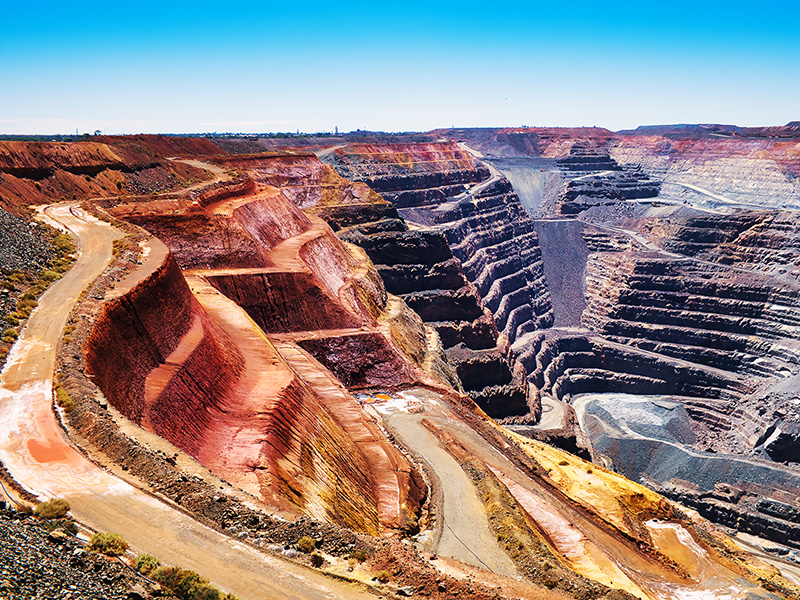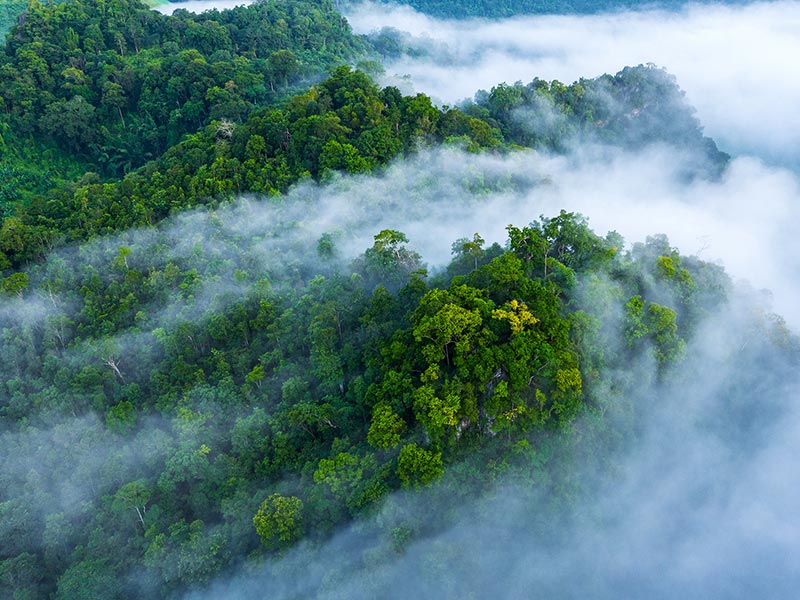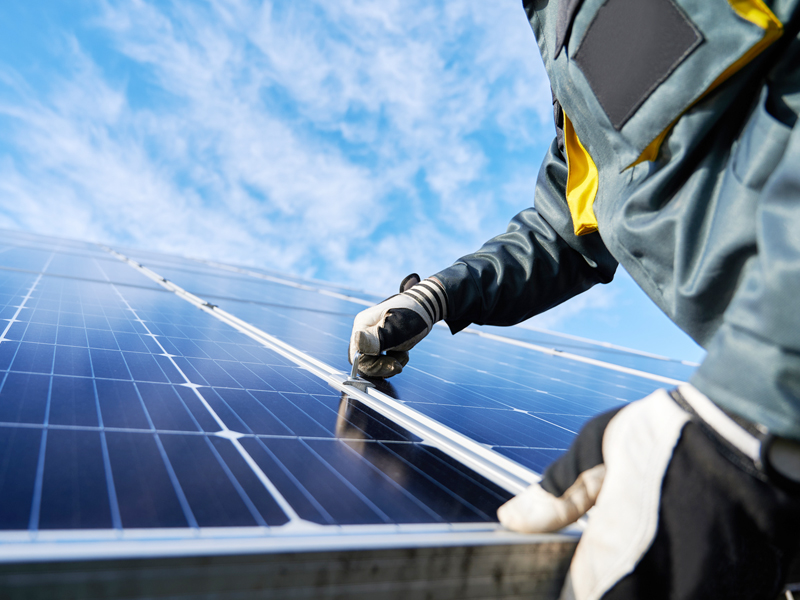
Rohitesh Dhawan, President and CEO of the International Council on Mining and Metals, shares some of the weird scenarios he envisions for the future of critical metals and minerals with Jacob Park, Director of the Sustainable Futures Lab.
Demand is intensifying for critical minerals—not least with the energy transition. What are the main forces at play?
We know that the energy transition is going to be metals and minerals-intensive, but we forget that it’s layering a new source of demand on top of existing demand. Geopolitics is critical because China controls 25 percent or more of the mining and/or processing for four of the five top minerals for the transition—when the relationship between China and the West is the tensest it has been for decades. To put it simply, the West is far more dependent on China for metals than it is on Russia for energy.
Which makes the question of responsible energy generation even more complex.
Yes. I think critical minerals can be thought of as two key questions: how much and how. We’re focusing a lot on the “how much” and not enough on how to make sure that mining is benign at least and positive at best for communities and the environment. It’s self-defeating to drive an electric car on the basis that it’s zero emissions if it generates a ton of emissions in production. Meanwhile, there is the potential for significant human rights challenges in the production of critical minerals if not done well.
How do some of the big policy changes we’ve seen in recent months—such as the Inflation Reduction Act (IRA) and the California Climate Act—change or intensify these dynamics?
They increase demand, bring demand closer to home, and drive up standards. That’s not all. A high proportion of those minerals—80 percent by 2026—needs to be extracted or processed in the US or a free-trade country. This may change the technologies that we adopt. Take nickel: the major sources of supply include Indonesia, the Democratic Republic of Congo (DRC), and Russia. I expect there will be a stronger case to increase the market penetration for technologies, such as lithium and phosphate batteries, that don't rely on hard(er)-to-source commodities.
What are the prospects for circularity when it comes to sourcing trickier minerals?
Circularity is not new to mining. Two-thirds of the copper produced since 1900 is still in productive use because it doesn't lose its core properties the more you recycle it. While certain metals and minerals are infinitely recyclable, they're not waste in the same way as plastic. We could even consider the mining industry a provider of renewable materials.
So the circular economy is an essential source of supply for critical minerals. That said, the amount of material available to be recycled is not growing at the same rate as demand. It's only going to be post-2030 or 2035 when we see substantial quantities come through from old car batteries—which contain about 10,000 times as much of these metals as your average phone.
How do you see this playing out over the next decade?
I think three unusual things are likely to happen. One is price spikes. The EU aims to force a certain proportion of recycled material into the supply chain, but there won't be enough of it available—so we might see recycled materials costing more than raw material, regardless of production cost.
The second could be that the governments end up offering exceptions for responsibly produced virgin raw material, given that scrap isn't available. Isn't that the antithesis of encouraging the circular economy? Well, you need to build up a stock of durable material that can then be infinitely recycled.
The third counterintuitive phenomenon is that we may end up breaking perfectly usable and useful things to get the latent metal to reuse. There's anecdotal evidence that China is demolishing perfectly good buildings to extract copper wires for manufacturing. We should think about this deeply because you may be taking the copper to reuse, but can you reuse all the concrete, cement, and wood?
How do you see the Just Transition playing out among all this weirding?
One scenario is that the countries that push hardest for circularity are blamed for creating an unjust transition. This is odd because surely the countries that have contributed most to climate change should take the greatest action to solve it—and that means promoting circularity. But in doing so, you demand fewer metals and minerals from the emerging economies that typically produce them.
In other words, you might be accused of kicking away the development ladder. How do you balance creating development opportunities for countries that can supply raw metal and materials with a domestic imperative to promote circularity? That’s an ethical question world leaders must grapple with.
What other questions do companies need to grapple with?
The first is mining waste: managing them safely, re-mining them where possible, and technologies to reduce waste generation in the first place. On re-mining, keep in mind that copper waste dumps in the DRC contain more residue copper than virgin mines in places like Chile. Then there’s radical transparency. The industry needs to provide information on its social and economic impact in a credible way: all ICMM companies have committed that from 2024 onwards, the information they disclose on their social and economic contribution will contain the gender breakdown, the proportion of wages paid to the living wage, and the ratio of that wage to the CEO's compensation. Similarly, ICMM members have committed to making contracts entered into or amended since 1 January 2021 with governments public, and to report their tax payments on a country-by-country basis.
Finally, the crisis of nature and biodiversity loss is becoming front and center. There's an interesting relationship between large-scale responsible industrial mining and biodiversity conservation goals. Mines tend to be large landholders and many use somewhere between 3-9 percent of the total land area available to them. So large-scale industrial responsible mining is potentially a great source of nature-positive action.
Beyond waste dumps and forests, where do you see the next frontiers for mining?
There's an unresolved debate about deep sea mining and whether it can be done responsibly. Then there’s lunar mining: recently, the Chinese discovered a transparent sort of crystal on the moon that contains many of the important elements of our future energy sources. Our search for new metals and minerals is literally taking us into the depths of beyond.
BSR’s latest sustainability insights and events straight to your inbox.
Topics
Let’s talk about how BSR can help you to transform your business and achieve your sustainability goals.








